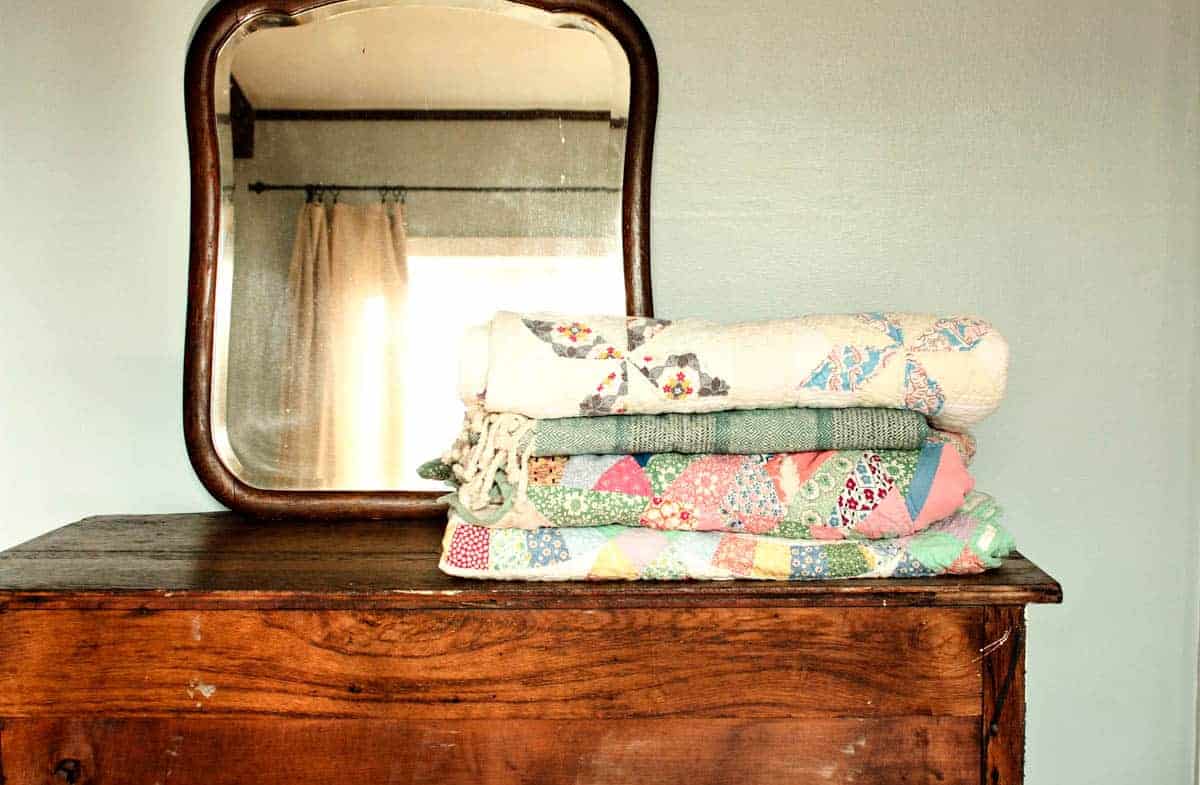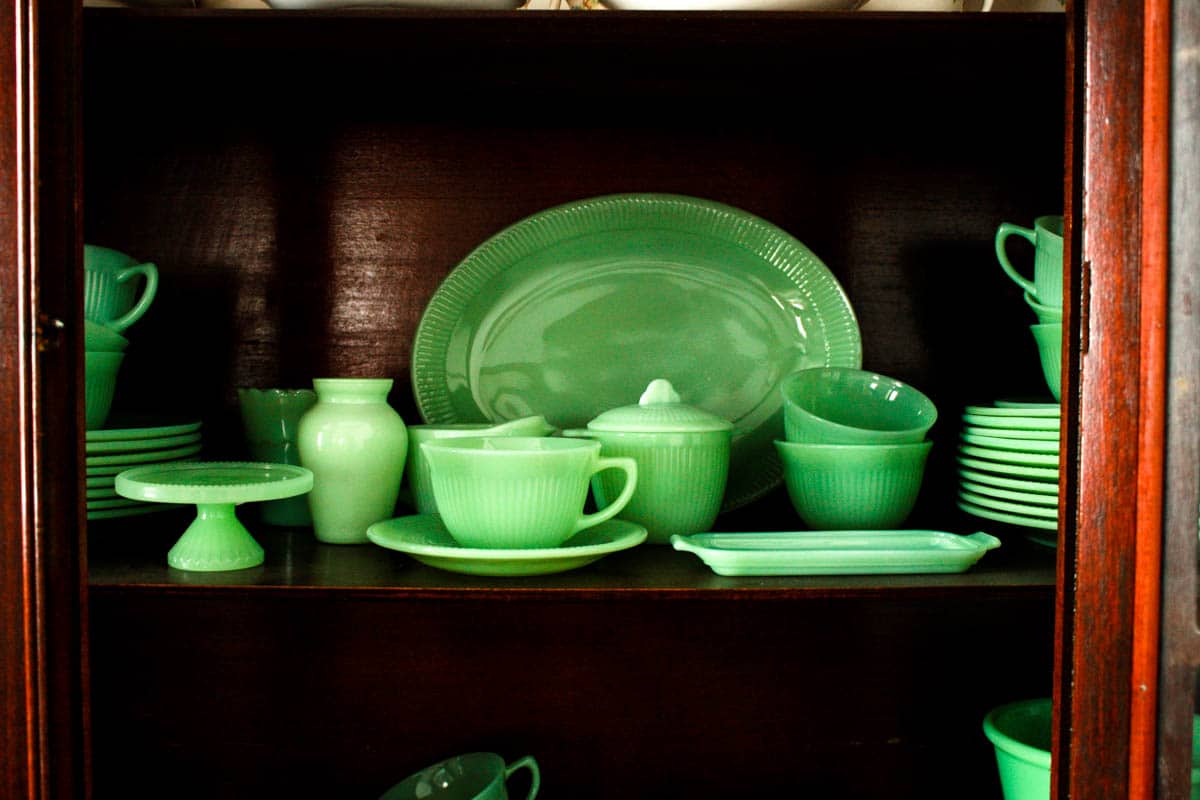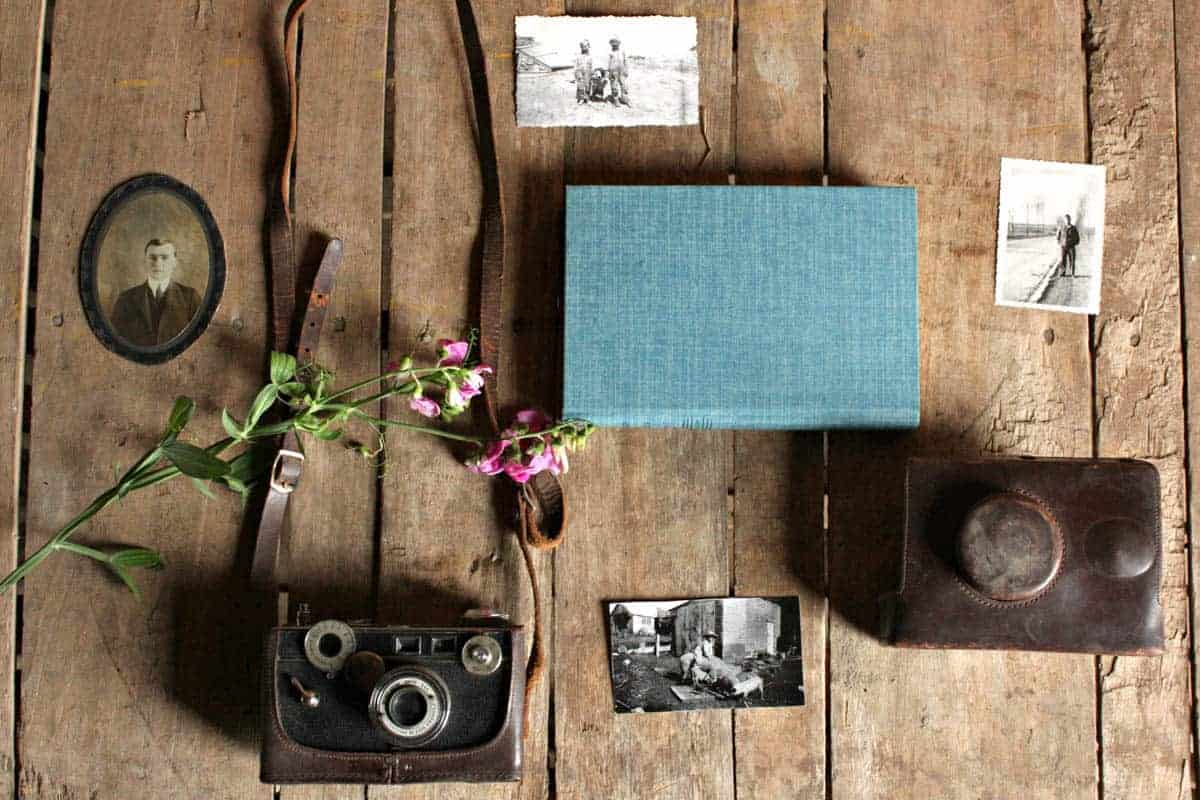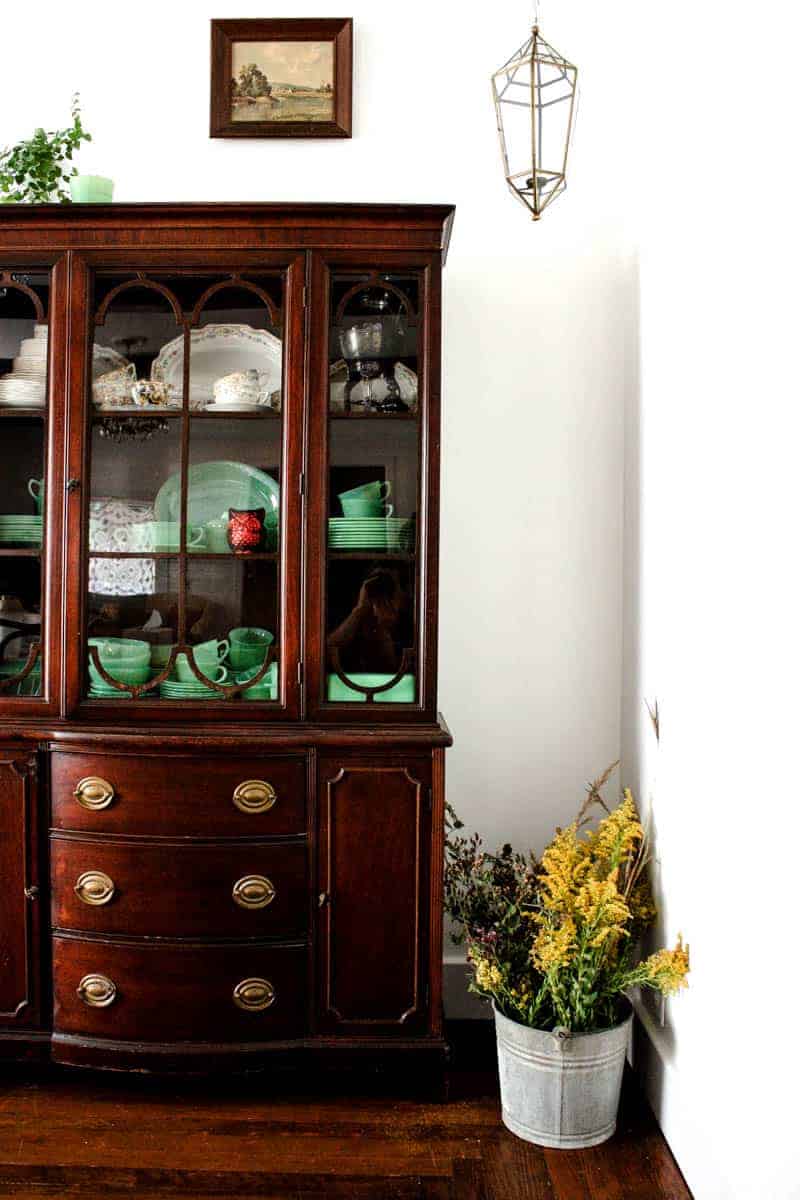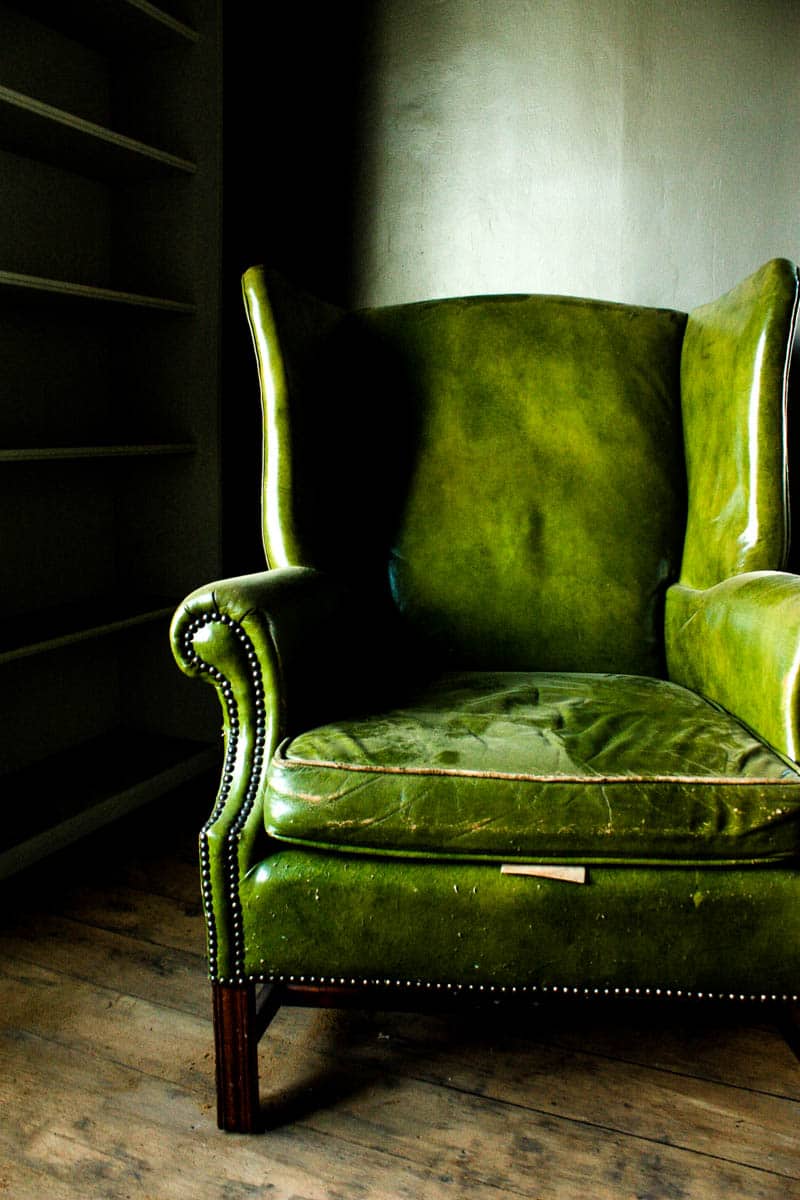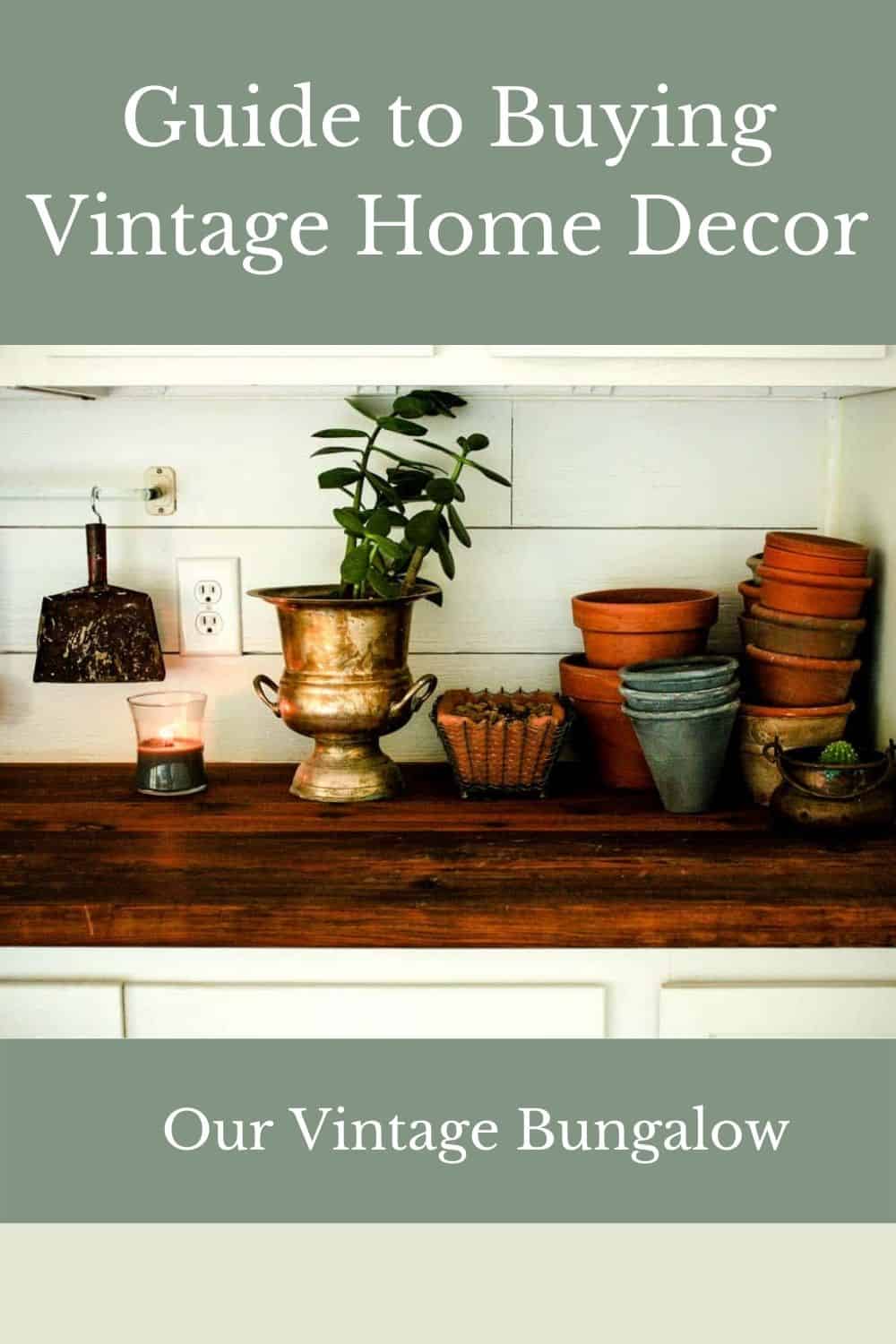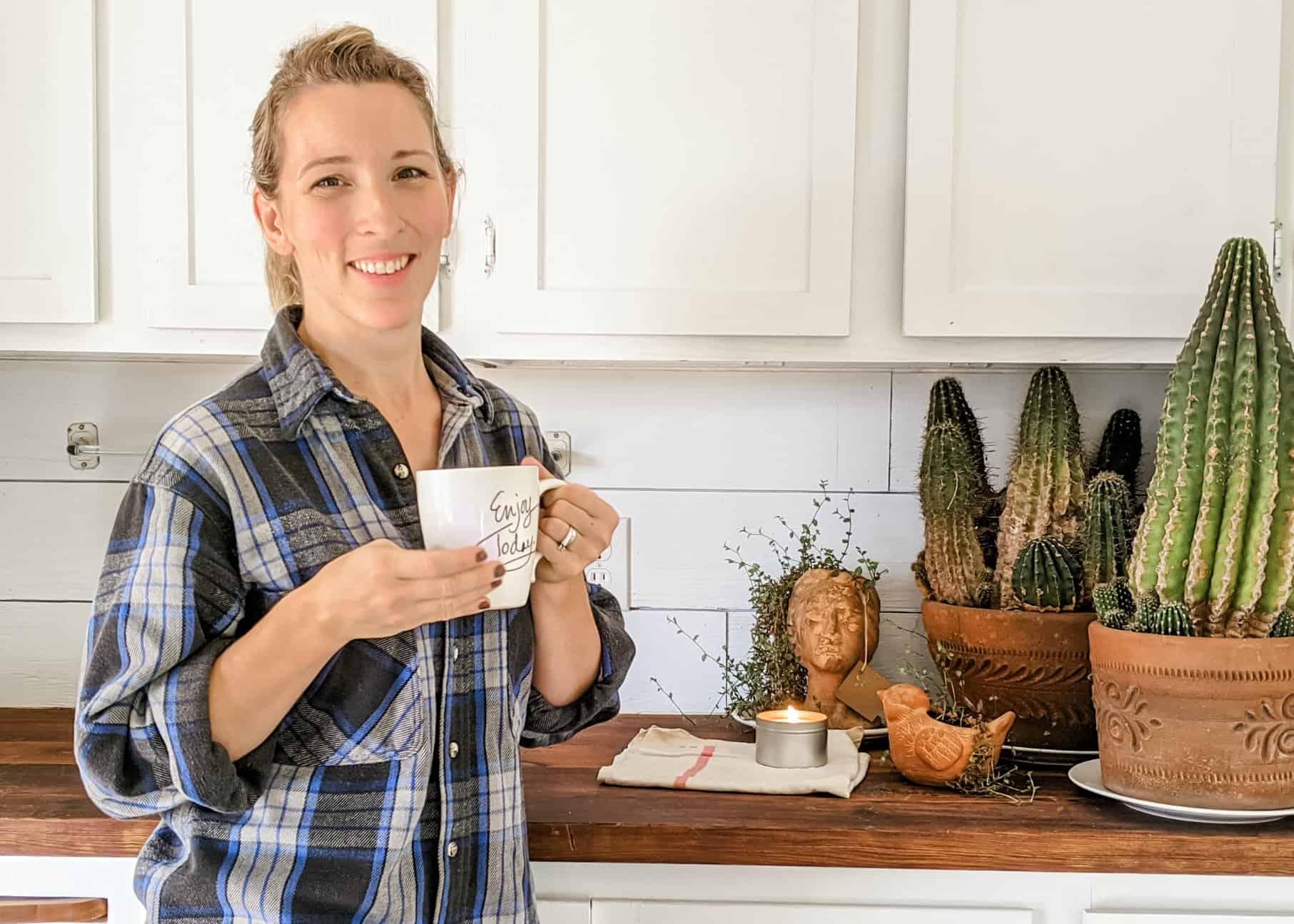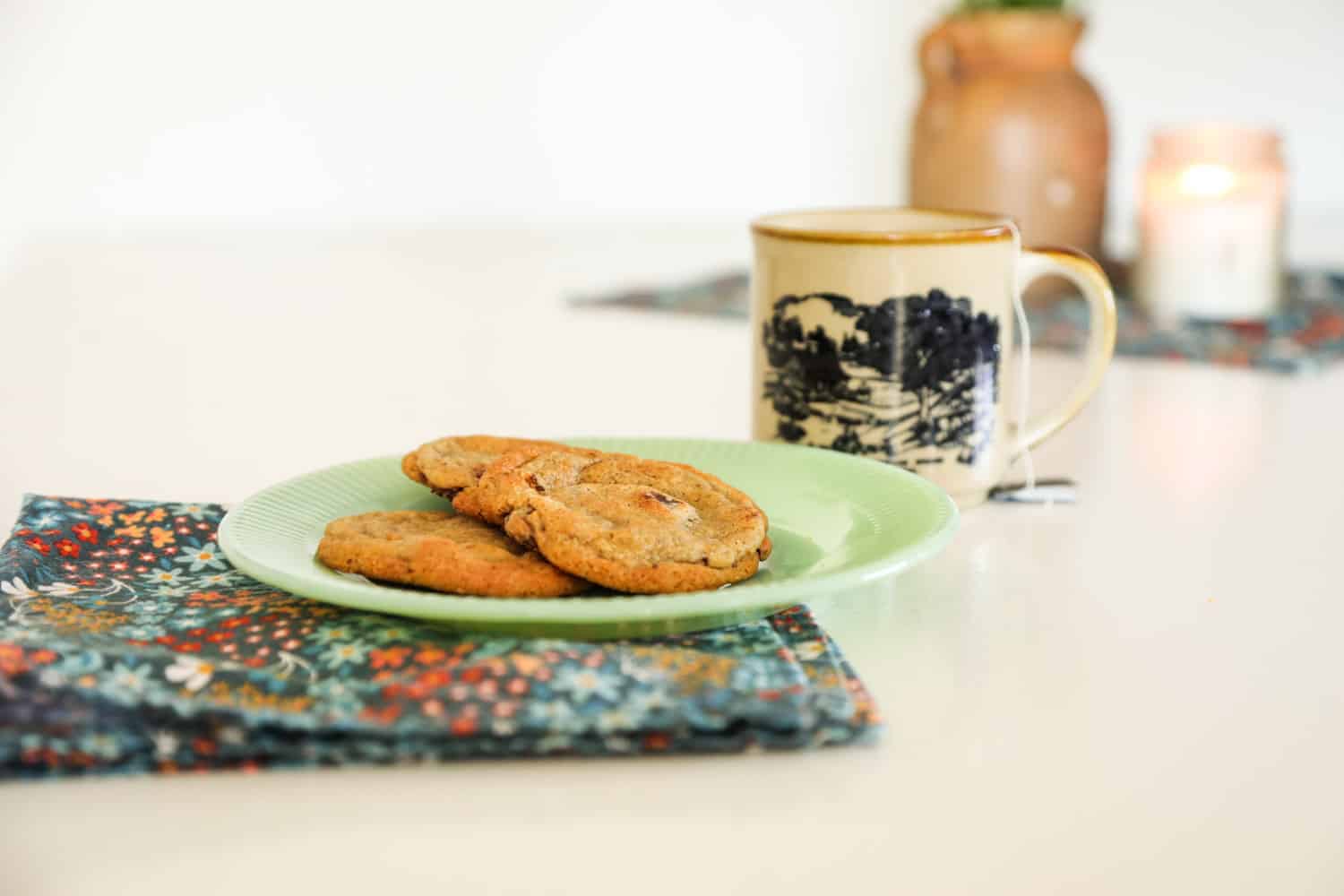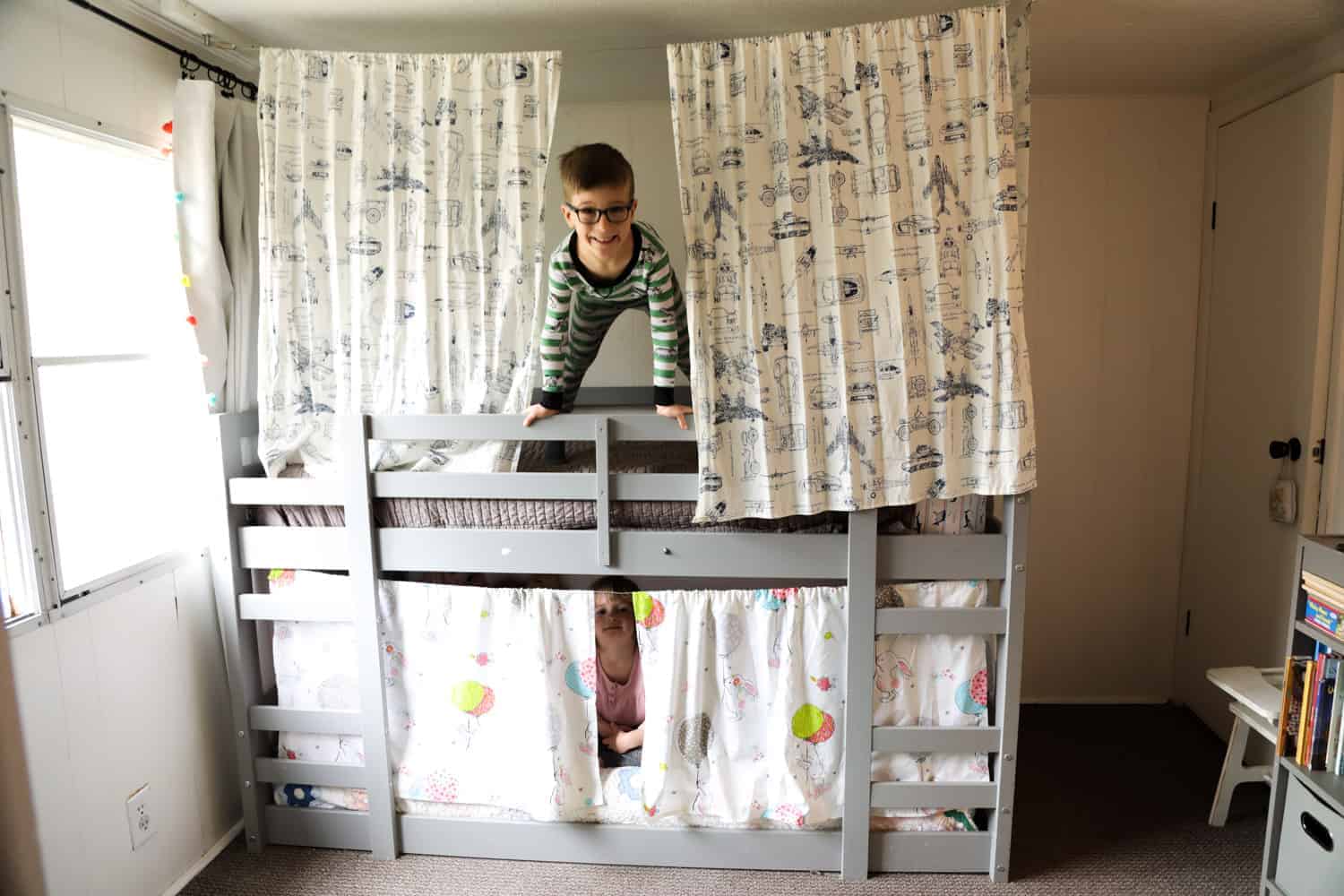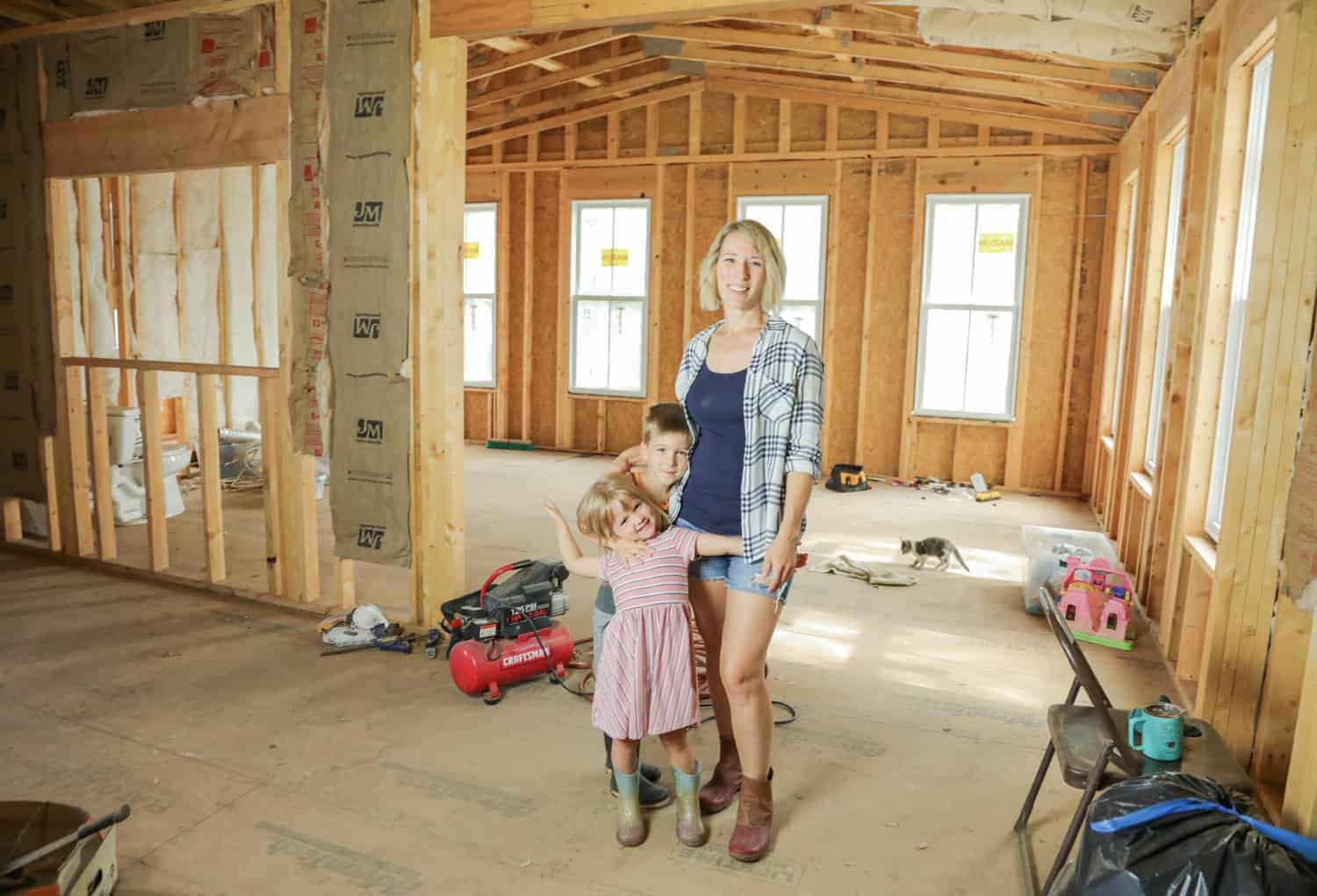You see photos everywhere of homes decorated just right with beautiful vintage pieces. Not too much so that it looks like a museum but just enough to give that gorgeous, time-worn look impossible to duplicate at Target. But WHERE and HOW should you find vintage items for your home without it looking like leftovers from a garage sale? Here I am going to give you a guide to buying vintage home decor so that you can begin to collect the perfect items to fit your life, your home and your style.
As an Amazon Associate, I may earn a small commission through your purchase through any Amazon affiliate links on this post. This is at no additional cost to you. All recommendations are my own because I believe in each product. See my full Privacy Policy here.
Is it really possible for you to gather vintage home decor for a REAL home and REAL family with kids? I mean, those photos on Instagram and Pinterest are great and all, but that’s not realistic, right? Well, we all knoooooow that online homes aren’t real life, but real people do live with vintage home decor…without feeling like they have to tippy-toe around their home.
Know Your Lifestyle Before You Shop for Vintage Home Decor
What kind of lifestyle does your family have? Every family is different, so that means you need to pick the right vintage decor for you. Do you have a house full of boys who love to throw balls inside? Then maaaaybe grandma’s vase on a shelf isn’t the right choice. But never fear, there are lots of options for boy moms.
Don’t try to force something that ultimately makes your family uncomfortable with living in your home. The goal is to make your home comfy cozy for those living there. If you’re worried about ruining valuable antiques, then look for sturdy pieces of vintage furniture rather than a velvet upholstered couch.
Vintage baskets, crates, quilts, artwork, non-fragile collections like cameras are all good choices for a more active family. And if your family is more gentle, then certainly you can branch out to delicate items.
Know Your Vintage Style(s) of Decorating
This may be easier said than done, especially if you’re just starting in the vintage home decor world. My first suggestion would be to scour Pinterest, create boards and save home décor photos you love. No, this is not to make you feel bad about your own home. Once you’ve pinned quite a few photos, go through and study them. Figure out the common denominators in the photos. Do you pin a certain color of room, a certain style of furniture, a certain gallery wall layout?
Pinterest is also a helpful tool because even if you don’t know what, say a certain style of furniture is called, you can use the “shop the look” tool and find out what people are calling it. Then you have key phrases you can more knowledgeably search for.
Also, if you need an initial boost for finding your vintage home decor style, you can take my “What’s My Decor Style” quiz here! This will get you started with terminology you can use in your search.
Make a List of Vintage Items You’re Looking For Along with Measurements
Most times when antique shopping, you take what you find. It’s not like going to a store and having your pick of various lamps. But, it does help to have a list on your phone of items you’re looking for. Also, it is a good idea to take measurements for items such as rugs, furniture and baskets for a shelf.
Example of specific items on my vintage shopping list is:
- Vintage baskets for storage
- Antique, low priced quilts
- Vintage style doll stroller for my toddler
- Stoneware bowls that can be used in the kitchen
- Jadeite dishes to add to my collection
- Concrete bench for our woods out back
- Garden trellises
- Well-worn clay plant pots
- Large vintage pots for my indoor plants
- Metal work bench or table for a potting station outside
Pick a Type of Store to Shop
There are so many types of second hand stores that it can soon become overwhelming, and you’ll end up spinning your wheels and finding little to nothing. Pick one or two second hand stores or types of “stores” to shop.
- Go Frequently
I’m serious about FREQUENT visits. Go. A LOT. I don’t know how many times people tell me, “You just find the best stuff.” Well, I’m out every week, in the rain, in the snow. I go when it’s not worth going, and I go when it pays off.
- Go Early
If you’re going places (vs online shopping), then go EARLY. Yes, the early bird really does catch the worm. If an outdoor flea market opens at 8:00, then go by 6:45 (as long as they don’t have gates). That’s when the dealers are out snatching up that good deal.
- Look Online Often
Make a time of day where you can unashamedly browse Facebook Marketplace for the latest listings.
Where to Find Vintage Home Decor
So you’re armed with this guide to vintage home decor, you know your decorating style and are ready to go treasure hunt. Where are the best places?
- Flea Markets – These can vary from new to vintage, from tools to crafts, from handmade lotions to comic book collections. So you’ll have to become familiar with what’s being sold at your flea market. Google your area or contact local antique malls to find flea markets near you.
- Garage Sales – You can kill multiple birds with one stone here. It’s like the Walmart of second hand shopping with a wide range of merchandise at low prices. “Let me see, I’ll have a vintage crate, some baby clothes, a kitchen mixer and, oh, let’s throw in a lawn edger too please.”
- Estate Sales – These are different than garage sales in that they often have a lot of vintage home decor in one setting (seeing that it’s a sale of a person’s whole home). The prices are sometimes higher, but the selection is much better, and you’ll find some really unique pieces.
- Antique Shops – An obvious choice for vintage home decor. You can find good deals sometimes, but also expect to pay a little more in general. But the selection is great!
- Local Thrift Store – Go, go, go often. Thrift stores are constantly putting out new items, so you never know what you’ll find.
- Craigslist – Yes, Craigslist is still around. People are just trying to get rid of their junk, so you can find great deals. Just type in searches that aren’t so technically termed since people are just listing their “old couch for sale.”
- Facebook Marketplace – Everyone knows this one, right? Bonus: if you search for a certain type of item, Facebook will start to put similar listings at the top of your page. Again, search often.
- Online Auction Houses – You can shop local online estate auction sales through EstateSales.org or EstateSales.net. You can purchase auction style at home and then pick up in person at a designated time and place.
Keep an Open Mind with the Vintage Home Decor You Buy
When you’re away from your home, it’s easy to second guess whether or not you would reeeeeeeally love the piece or not. I get it, it’s scary when you don’t have the option to return an item. Sometimes, if a piece grabs you, you just KNOW it will fit somewhere. But more often than not, you’re standing in an antique store wondering if you will love it in your space.
- Take a photo of your space
When you’re at a flea market, it’s sometimes hard to picture your space you want to fill. Take a photo on your phone of various angles of your living room, for example, so you can look at it next to the item you’re considering.
- Carry a small tape measure
You’ve taken measurements at home, but out and about you don’t know if the item will fit. I like to carry a small tape measure with me so I don’t have to guess.
- Be willing to experiment with the vintage decor
You might get something home, and it not fit as well as you thought. You can either leave it there until you find something better, OR you can try to find another place in your home for it. If you love it in the first place, maybe it will fit somewhere else.
- Be willing to resell
The beauty of vintage shopping is that often you find items for low cost. That means you don’t have a lot invested in the piece. If an antique piece just doesn’t work out, consider reselling it at your garage sale or on Facebook Marketplace. (Find tips on how to hold a successful garage sale here!)
How To Tell if an Item is Vintage or Reproduction
A guide to buying vintage home decor wouldn’t be complete without talking about vintage vs reproduction. The popularity of vintage home decor means that there is a lot of reproduction items out there. I am not necessarily against reproduction. That can mean that an item is less valuable, and I don’t have to worry about breaking it. However, if I am expecting a vintage piece, I don’t want to end up with a knock-off. What is the best way to tell if your vintage finds are authentic?
- Ask the seller
This is the easiest and most obvious option, if they are available. You can ask if they know the history or when/where they bought it.
- Look at the other items being sold
If you’re at a market or antique mall, there are a lot of booths that sell primarily reproduction. If you see multiples of the same thing or similar finishes on everything, it’s most likely not original.
- See if there’s dirt
Yes, with antiques often comes a build-up of dirt, especially on “rustic” pieces. Reproduction has dust but not year’s worth of dirt.
- Look for a maker’s mark or artist signature
If you’re buying furniture, look for a maker’s mark underneath or inside. Then you can Google the name and see the history. This also applies to vintage art pieces.
- Find Phillips style screws
Phillips screws are the cross kind of screw heads. Though these were invented in the 1930s, flat head screws were still widely used throughout 1950s/60s. So, if the item has a flat head screw, it’s most likely vintage.
- Notice wear that’s too “perfect”
When reproducing vintage items, the manufacturer will try to replicate wear and tear. If this looks like it has a regular pattern with no rust and smooth finish then it’s possible it’s a reproduction.
What if a Piece of Antique Furniture Has Too Many Surface Scratches?
You may have found the perfect piece of furniture, but it definitely showing the wear and tear of the decades. If it is a wood piece and you’re fairly DIY, you can certainly choose to paint it. This will cover up the imperfections as well as make it a custom fit for your home.
If you want the wood look but not the scratches, use Howard’s Restor-A-Finish in the wood tone of the piece found HERE. This does wonders with covering scratches in wood.
As with all skills and good things, decorating your home with antique items can take time and patience. You’re not going to makeover a whole room in one week. Vintage home decor is all about the journey, the story and the thrill of the hunt. I trust this guide to buying vintage home decor will help you next time you shop!

